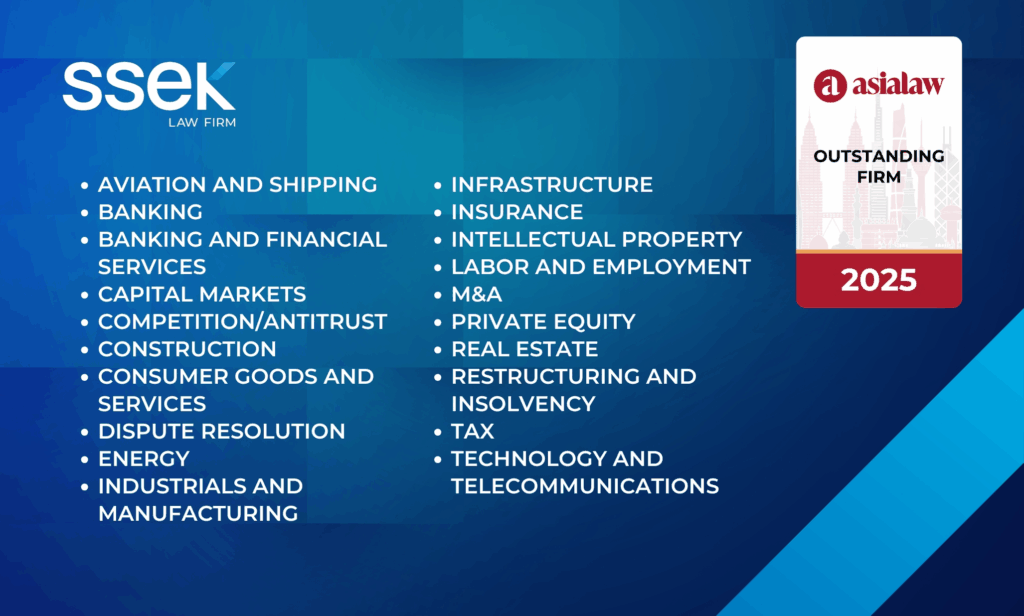21 December, 2018
A. Introduction
Vietnam is one of the countries in Asia with the most impressive economic growth. Inflation remains well controlled and foreign exchange reserves are at their highest levels in years and they continue to rise. The effective and economic state administration has been recognized by the international markets, most recently with the appreciation of the Vietnamese credit rating by Fitch Ratings. In the future, it is expected that Vietnam will continue to show strong economic growth. A particularly strong area is the electronics production. In addition, financing sustainable growth and providing credit and good financial services is essential to all who need it.
The focus of the government and the State Bank of Vietnam (SBV) should be geared to lending in strong sectors. This implies that quotas should be distributed appropriate and that there should be no upper limits in a given sector. Only with this credit can be provided sufficiently in the priority sectors. This will benefit strong and profitable companies while controlling and reducing risk in critical sectors.
In addition, the focus is on recapitalization and consolidation of the financial sector, which leads to fewer but stronger banks. Furthermore, the digitization of the Vietnamese economy continues to increase, with the next step being to create a comprehensive legal framework that further promotes digital development, including the use of the forthcoming national biometric identity system.
In the future, a change in banking regulations should be also considered. The rules are currently issued on the basis of basic laws such as the Civil Code. As a result, opening accounts for companies that are not legal entities is difficult. Addressing the above issues will, in the long term, lead to a strengthening of the banking sector. This will bring more and more FDI´s into the country and Vietnamese people and companies will benefit from it.
B. Decree 116 and related issues
With regard to Decree 116, there are problems in lending that banks have. There are currently challenges related to public information and verification. It is very time-consuming for the banks to obtain the relevant information from the client, there are only limited independent sources of information, and there are different definitions of the criteria used to identify beneficiaries in Vietnam and international common practices.
Banks are facing the difficult situation of being able to verify that a natural person owns 10% or more charter capital in a legal entity. Natural persons who hold 20% or more charter capital to companies whose equity capital is more than 10%; private business owners; and other persons actually controlling the company, in accordance with the provisions for determining beneficial owners referred to in Article 5.1, Decree 116/2013 / ND-CP.
The banks have difficulties in how to verify that an individual holds 10% or more charter capital in a legal entity, individuals holding 20% or more charter capital in entities having more than 10% equity in the legal entity, private business owners and other individuals who actually control the entity, under regulations on identifying beneficial owners referred to in Article 5.1, Decree 116/2013/ ND-CP.
To solve this problem, the State Bank of Vietnam (SBV) could make the following arrangements. Only the ultimate beneficial owner holding directly and indirectly 25% or more of the charter capital must be identified. Further, it is not necessary to identify ultimate beneficial owners in case the customer is rated as low-risk by financial institutions incorporated in Financial Action Task Force member nations, because these institutions have advanced anti-money laundering and financing terrorism control systems, and are monitored by relevant host country regulators.
C. Outlook on Circular 19/2014/TT – NHNN
Circular 19/2014/TT – NHNN contains revisions for foreign exchange control in direct investment and portfolio investment to be consistent with latest rules on foreign investment. One of most frequent issues related to foreign-invested companies is the Investment certificate being used as the only reference to identify a directly investing business for foreign investment capital account opening purposes. However, this does often not reflect properly the nature of the investment activity and existing regulations on investment activities (Investment Law of Nov. 26, 2014, Decree 118/2015/ND-CP, providing details and implementing guidance for specific clauses of the Investment Law).
Furthermore, given the development of derivative markets in Vietnam, the Circular can be revised to cover specifically derivative securities and include relevant reporting indicators for investment in these securities by foreign investors.
D. Outlook on the Major Trade Agreements TPP 11, EUVNFTA and Investment Protection Agreement
In January 2017, US President Donald Trump decided to withdraw from the US participation in the TPP. In November 2017, the remaining TPP members met at the APEC meetings and concluded about pushing forward the now called CPTPP (TPP 11) without the USA. The provision of the agreement specified that it enters into effect 60 days after ratification by at least 50% of the signatories (six of the eleven participating countries). The sixth nation to ratify the deal was Australia on 31 October 2018, therefore the agreement will finally come into force on 30 December 2018. Recently, on the 12th November 2018, Vietnam has officially become the seventh member of the CPTPP.
The CPTPP is targeting to eliminate tariff lines and custom duties among member states on certain goods and commodities to 100%. This will stimulate domestic reforms in many areas, especially the financial sector. As a result, the above mentioned issues could be addressed gradually and therefore more FDI´s will come to Vietnam.
One another notable major trade agreement is the European Union Vietnam Free Trade Agreement (EUVNFTA). The EUVNFTA offers great opportunity to access new markets for both the EU and Vietnam and to bring more capital into Vietnam due easier access and reduction of almost all tariffs of 99%, as well as obligation to provide better conditions for workers. In addition, the EUVNFTA will boost the most economic sectors in Vietnam. Due to easier opportunity on making business, trade and sustainable development will be a good consequence for an even more dynamic economy and even better investment environment in Vietnam in general and especially in the financing sector.
To enable at least some parts of the FTA to be ratified more speedily at EU level, the EU and Vietnam agreed to take provisions on investment, for which Member State ratification is required, out of the main agreement and put them in a separate Investment Protection Agreement (IPA). Currently both the FTA and IPA are expected to be formally submitted to the Council in late 2018, possibly enabling the FTA to come into force in the second half of 2019.
Furthermore, the Investor State Dispute Settlement (ISDS) will ensure highest standards of legal certainty and enforceability and protection for investors. Every investor should use these standards. It is going to be applied under the TPP 11 and the EUVNFTA. Under that provision, for investment related disputes, the investors have the right to bring claims to the host country by means of international arbitration. The arbitration proceedings shall be made public as a matter of transparency in conflict cases. In relation to the TPP, the scope of the ISDS was reduced by removing references to “investment agreements” and “investment authorization” as result of the discussion about the TPP’s future on the APEC meetings on 10th and 11th November 2017.
Further securities come with the Government Procurement Agreement (GPA), which is going to be part of the TPP 11 and the EUVNFTA. The GPA in both agreements, mainly deals with the requirement to treat bidders or domestic bidders with investment capital and Vietnamese bidders equally when a government buys goods or requests for a service worth over the specified threshold. Vietnam undertakes to timely publish information on tender, allow sufficient time for bidders to prepare for and submit bids, maintain confidentiality of tenders. The GPA in both agreements also requires its Parties assess bids based on fair and objective principles, evaluate and award bids only based on criteria set out in notices and tender documentation, create an effective regime for complaints and settling disputes, etc.
This instrument will ensure a fair competition and projects of quality and efficient developing processes.
For further information, please contact:
Oliver Massmann, Partner, Duane Morris
omassmann@duanemorris.com

.jpg)





